Colourful gardens, walks through pasture and woods along the edges of ponds and rivers providing beautiful views, and an elegant mansion filled with items of historical importance await visitors to Coughton Court. Particularly, many of the items in the house are related to Catholicism. The National Trust has owned the house since 1946, but the family still live here today under a 300-year lease, so the house feels "lived in" as a family home and as a treasure of wonderful items and artwork.

Coughton Court is in the history books for its roles in the Thockmorton Plot in 1583 to murder Queen Elizabeth I and the Gunpowder Plot of 1605 to bring down Parliament. It was only discovered as being in the Gunpowder Plot after some of the conspirators decided to go there after the plot unfolded.
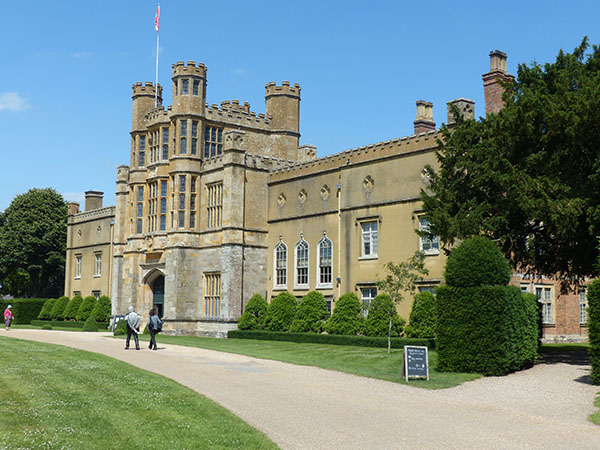
During the time of Henry VIII, Thockmorton sided with first wife Catherine of Aragon, and the house did contain at least one priest hole to hide priests away during the time when they were persecuted. Also, Parliament soldiers did burn one of the wings of the house during the Civil War, so the courtyard is no longer enclosed. With the family being on the wrong side of the monarchy for their Catholic views, I am surprised it has not had more damage.
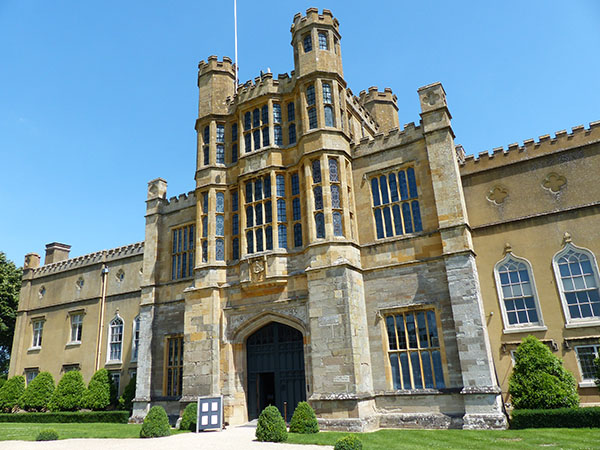
The house is built in Tudor style, and the entrance today is the gatehouse, which is also the oldest part of the house. The Throckmorton family have lived at the house since the early 1400s. John de Thockmorton was a treasurer to Henry VI, and the house was inherited through his wife. The family were staunch Catholics; they kept a few items belonging to James II and the Jacobites to show their loyalty to the Catholic king. These include a glove and garter ribbon from James II and hair locks from the king, his wife, and their sons.
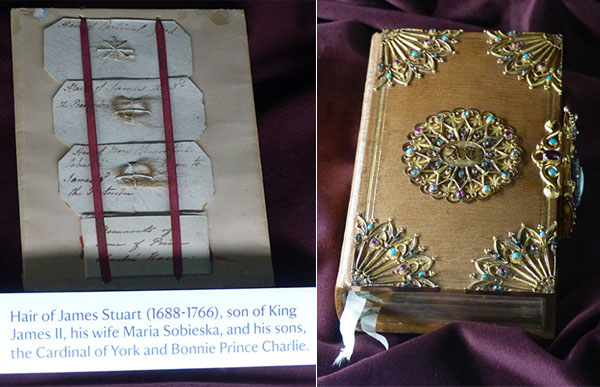
There is also a death mask to Queen Mary and a chemise that she is thought to have worn during her execution; Mary was the cousin of Queen Elizabeth I, but she was a Catholic and considered a threat to be destroyed.
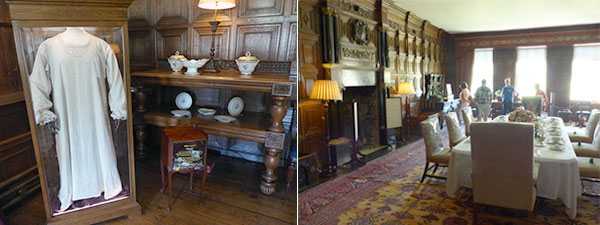
This piece of fabric to be worn by a clery member is said to have been embroidered by Catherine of Aragon and her ladies-in-waiting. Catherine was the first wife of Henry VIII, and the ponegranate was an emblem of hers. The fine collection of silver belongs to the family and is also on display here.
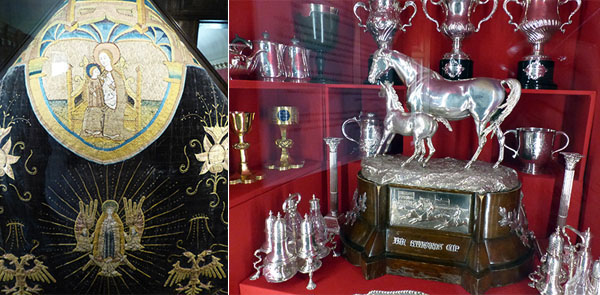
I visited the house first, and the only rooms open to visitors due to the lockdown are the dining room, a parlour, and a small room off of the dining room that held a couple of illustrated manuscripts, the silver, and the embroidered fabric. Visitors walk through the main gatehouse where their details are taken, and the next room to enter is the dining room. These contained a few items of Catholic interest.
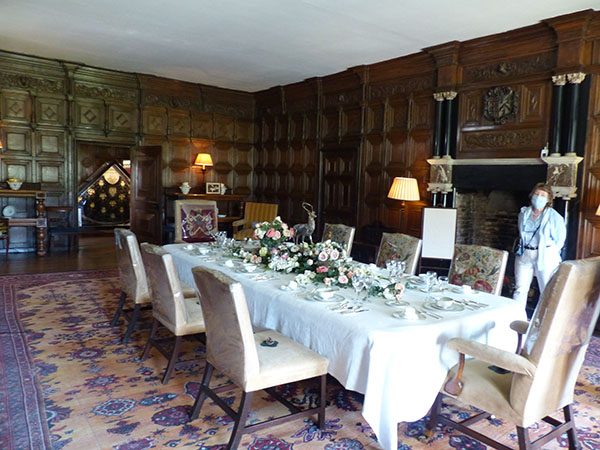
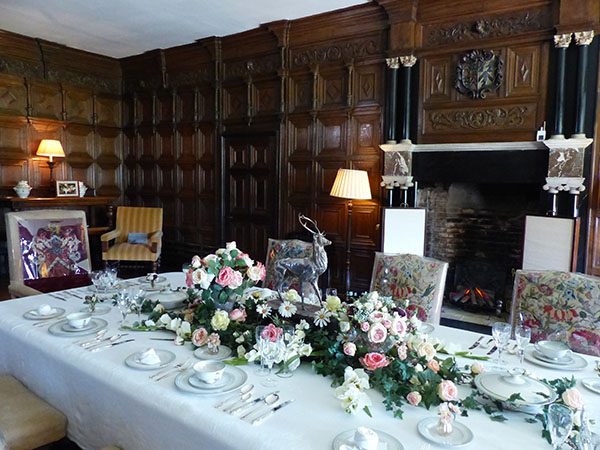
The next large room entered is a parlour area, and it is a large room that exits outside the courtyard.
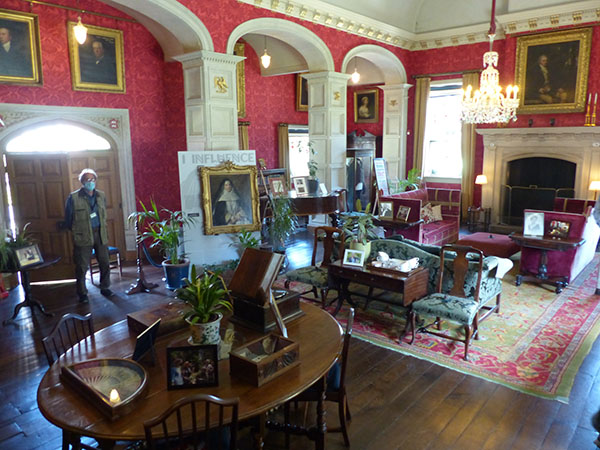
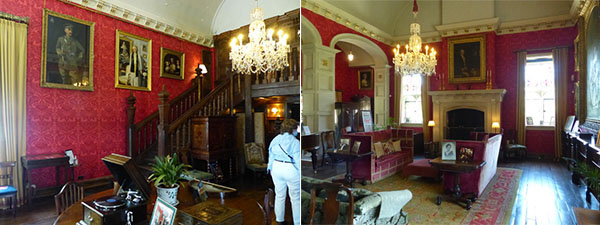
The courtyard has a small fountain and flower beds. It would have been completely enclosed.
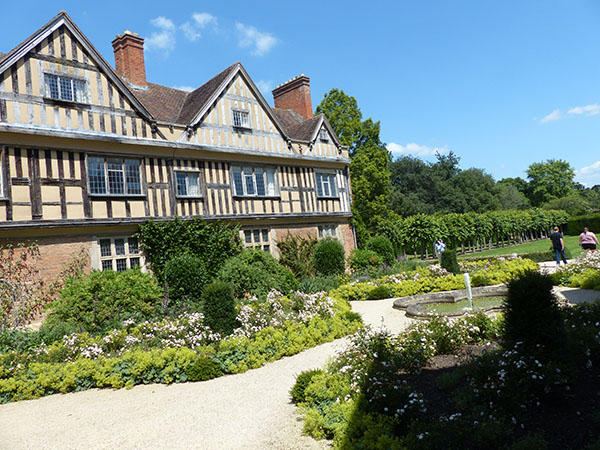
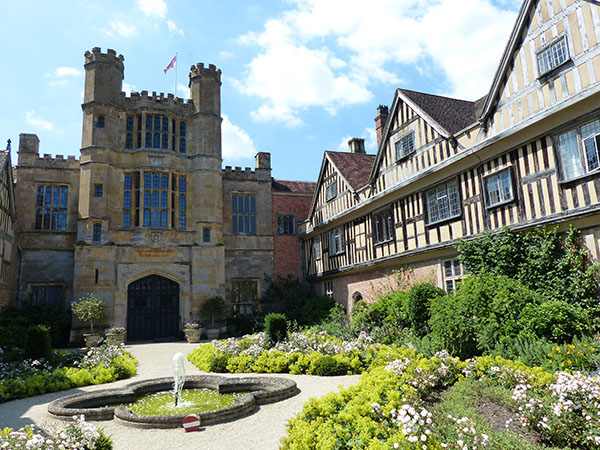

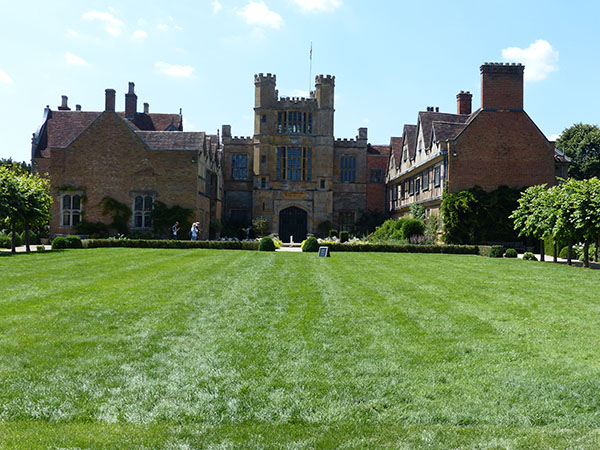
I had a short walk around, and it was a one-way system enforced that led through the fields along a river. A longer circular walk could be enjoyed here across a bridge. The main route followed one side of the river and went into woodland.


After a short wooded walk, an expansive pond lay between me and Coughton Court buildings. The views are fantastic.


The route then directed us into the walled gardens, and these were in bloom with so many different colours. As my visit was in mid-July, I managed to capture a glimpse of some of the later variety of rose along with the other summer flowers.
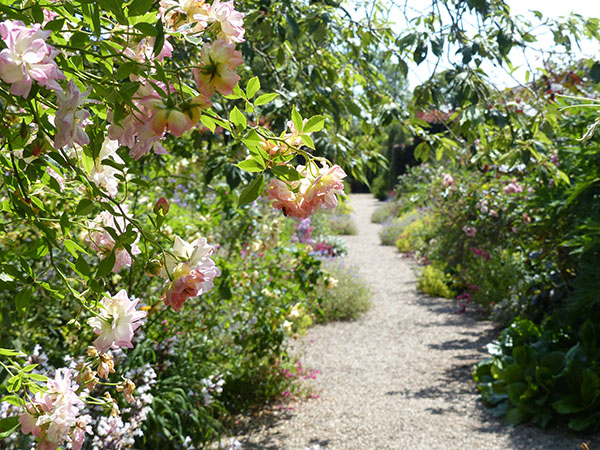
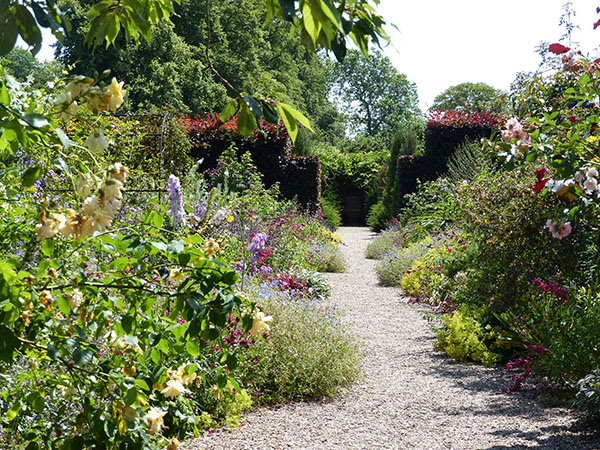

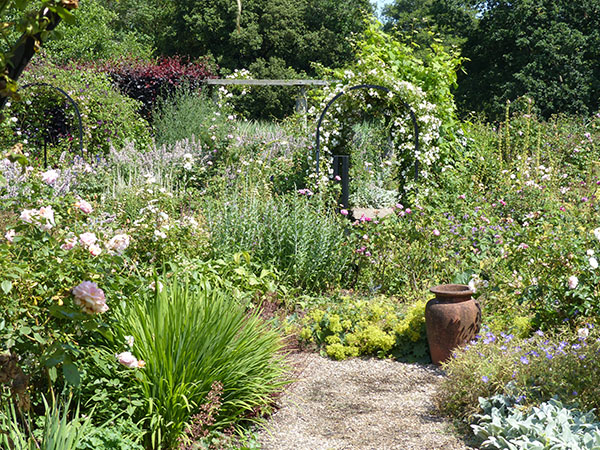
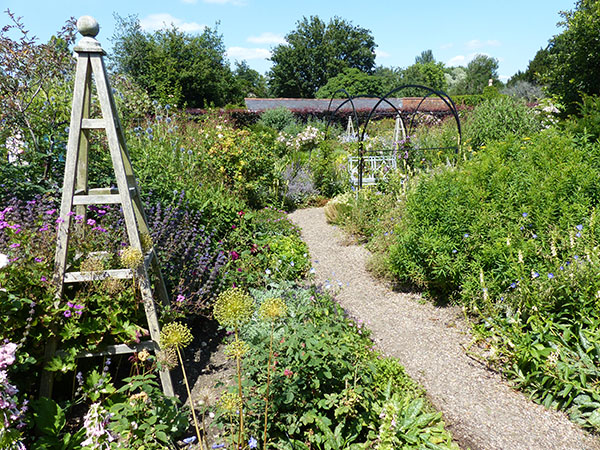
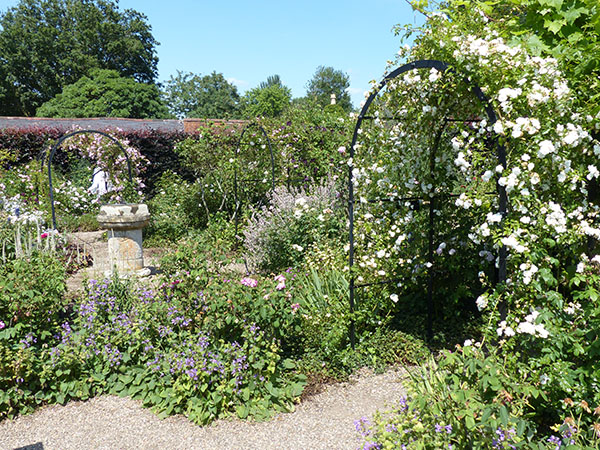
The walk led us out the other side of the walled garden with the pond and through a row of hedges and then eventually to another garden.
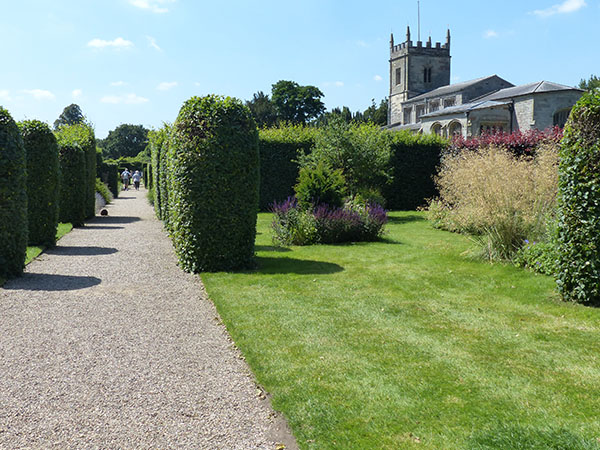
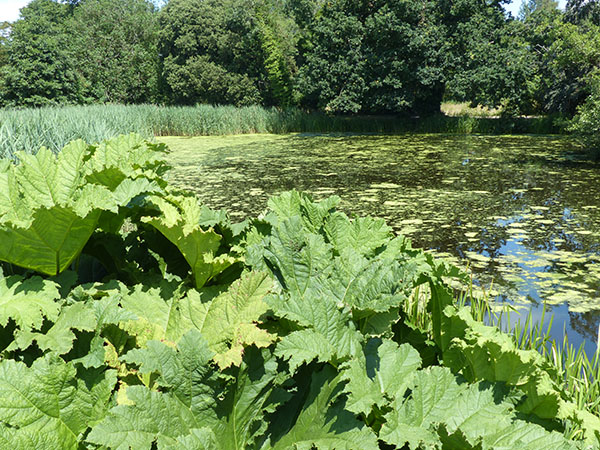
Glimpses of the garden can be seen through another gap in the wall, but this was an exit.
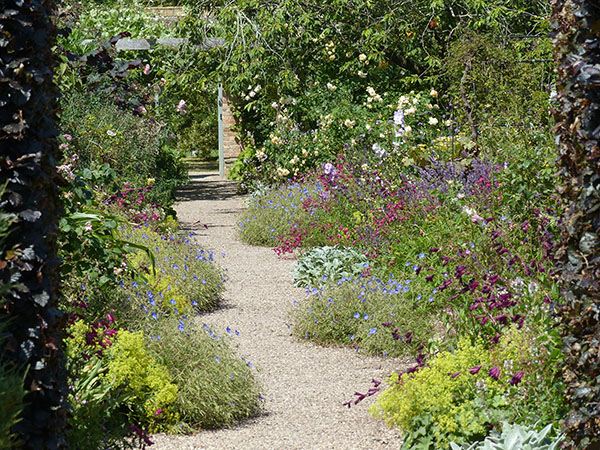
The other walled garden contains beds on both sides with a warm red, orange, and yellow theme on one side and a cool theme of blues, purples, and whites on the other side. There are views of the church.
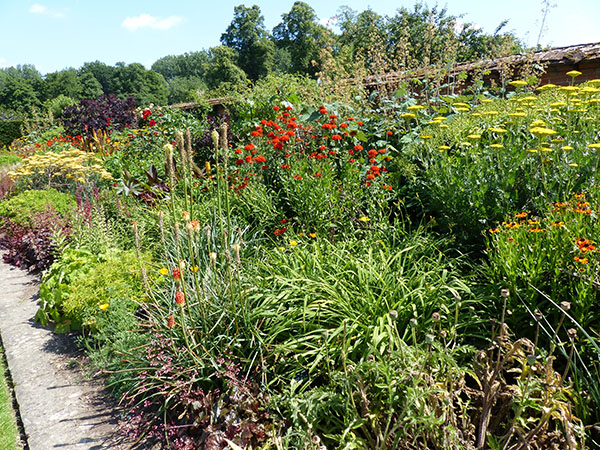
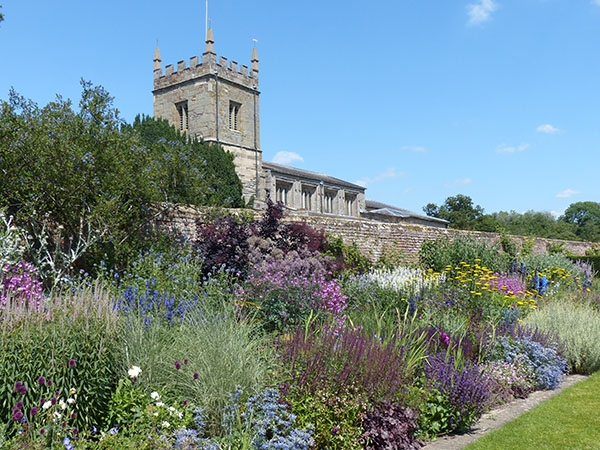
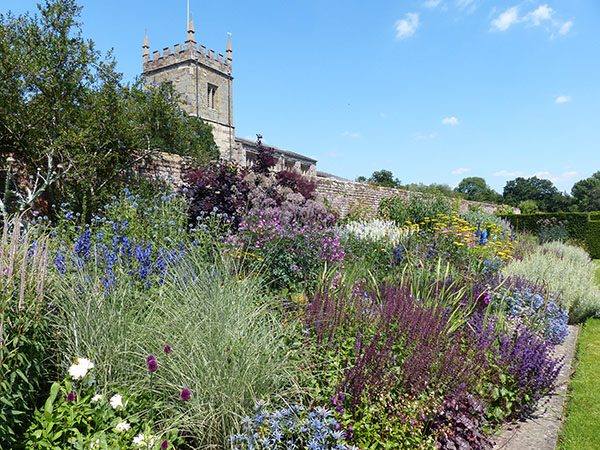
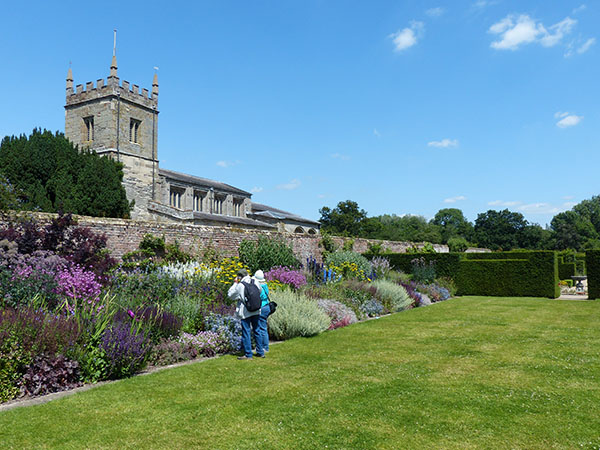
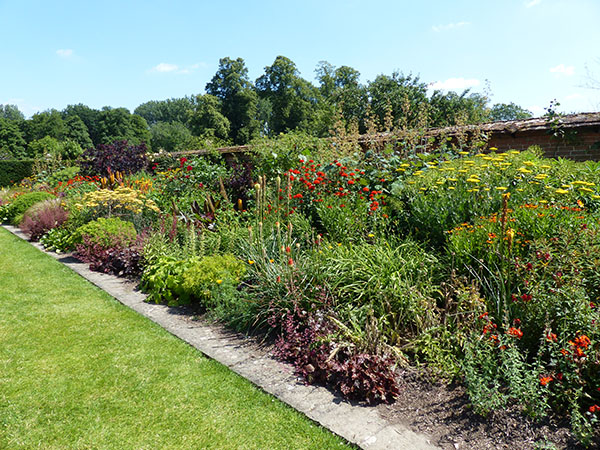
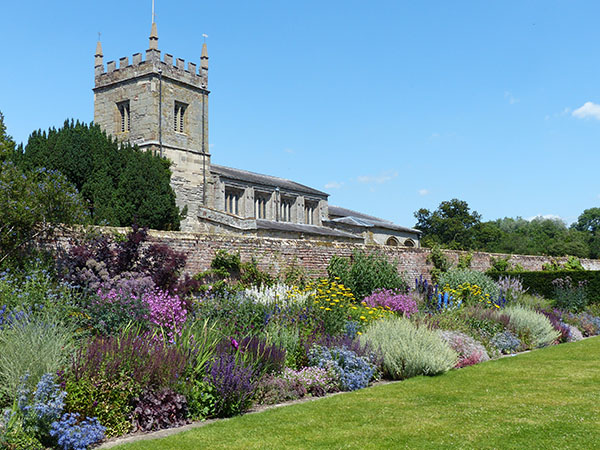
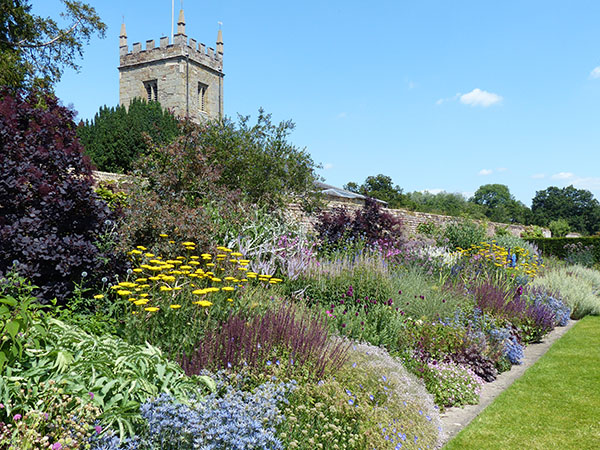

The gardens were lovely, but I would have preferred more of the house to be open as I found it interesting, so I will return at some point once it has fully reopened.



Leave a comment